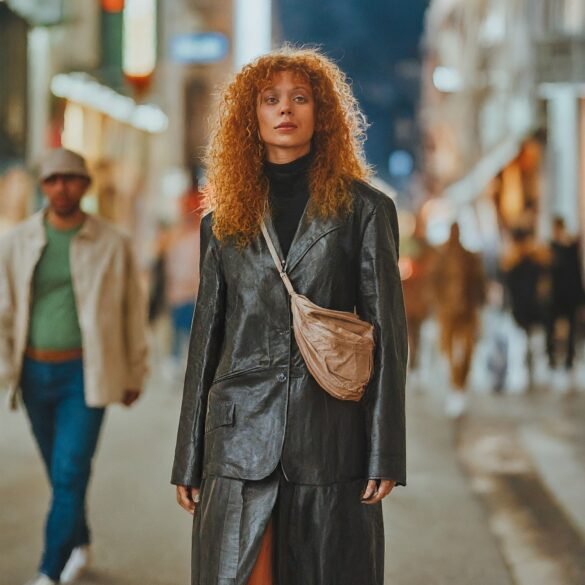The runways of Paris, Milan, and New York have long been considered the ultimate source of inspiration. However, in recent years, there has been a shift in the fashion industry’s focus, with street style emerging as a powerful force in shaping trends and influencing designers.
Street style refers to the fashion choices of everyday people on the streets, rather than those dictated by high-end fashion houses. It is a reflection of personal style, creativity, and individuality. What was once dismissed as mere “street fashion” has now become a significant influence on the fashion world.
One of the reasons why street style has gained such prominence is its authenticity. Unlike the carefully curated looks found on the runway, street style represents real people expressing their unique fashion sensibilities. It captures the pulse of the streets and provides a glimpse into how people interpret and adapt trends to suit their own personalities and lifestyles.
Another factor contributing to the rise of street style is the advent of social media. Platforms like Instagram and Pinterest have given street style photographers and enthusiasts a global platform to showcase their work. Fashion bloggers and influencers have also played a crucial role in popularizing street style, as they share their own interpretations of trends and inspire their followers to experiment with their personal style.
Street style has become a source of inspiration for designers as well. Many high-end fashion houses now look to the streets for ideas and incorporate elements of street style into their collections. From the use of unconventional materials to the mixing of patterns and colors, street style has injected a fresh and unexpected energy into the world of high fashion.
Furthermore, street style has played a significant role in promoting inclusivity and diversity in the fashion industry. Historically, fashion has been dominated by a narrow definition of beauty and body types. However, street style celebrates diversity and embraces individuality. It has given a platform to people of all backgrounds, sizes, and ages, challenging traditional notions of beauty and paving the way for a more inclusive fashion industry.
Street style has also become a barometer of cultural and social change. It reflects the zeitgeist and captures the mood of a particular time and place. From political statements to cultural references, street style has the power to encapsulate the social and political climate of a society. It has become a form of self-expression and a means of making a statement.
As street style continues to evolve and gain influence, it is clear that its impact on the fashion industry is here to stay. It has democratized fashion, making it accessible to all and challenging the traditional hierarchy of the industry. Street style has given a voice to everyday people and empowered them to express themselves through their clothing choices.
Street style has emerged as a powerful force in the fashion world, shaping trends and influencing designers. Its authenticity, social media presence, inclusivity, and ability to reflect cultural and social change have made it an integral part of the fashion landscape. Street style has proven that fashion is not just about what happens on the runways but also about what happens on the sidewalks.
